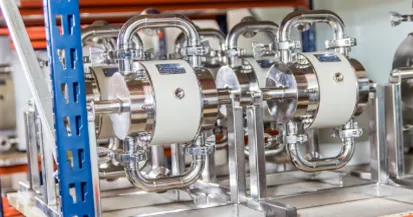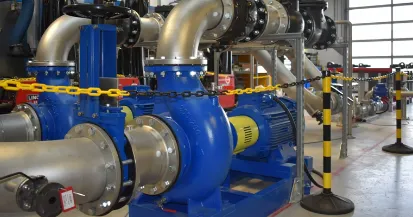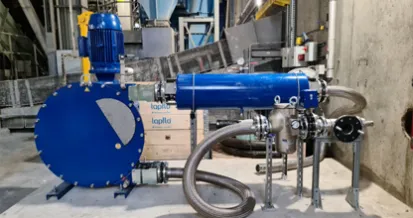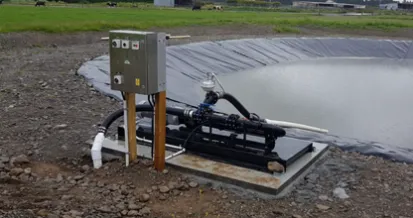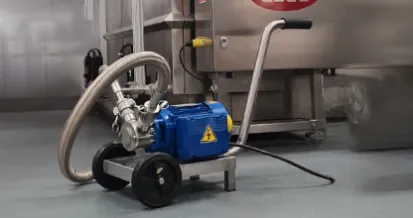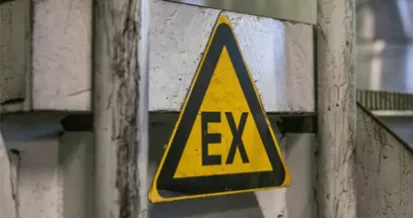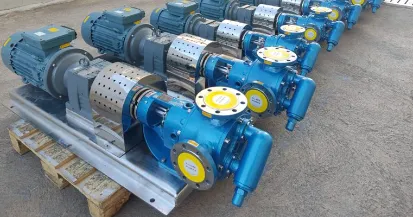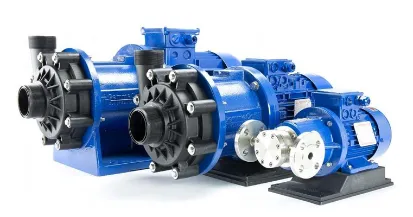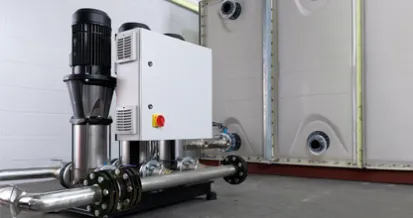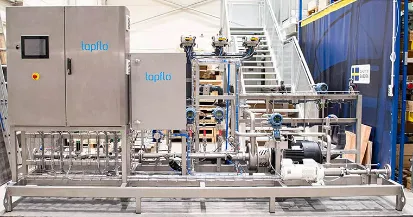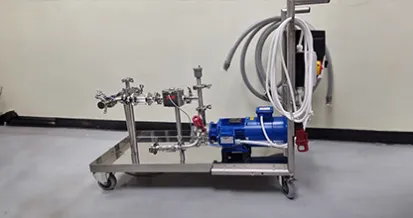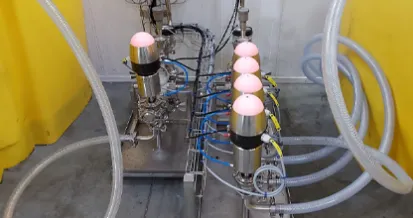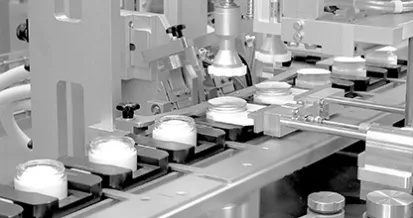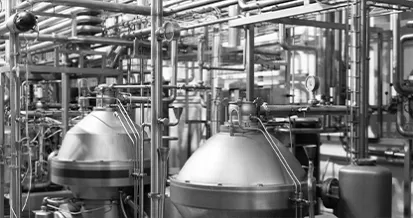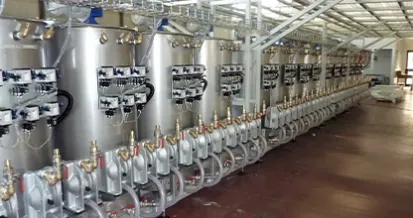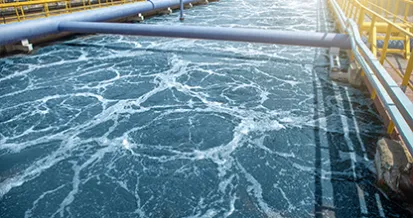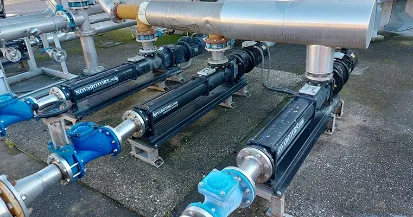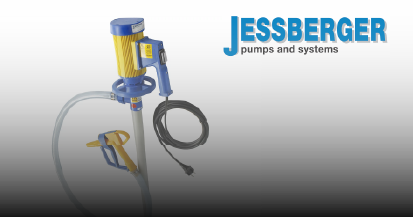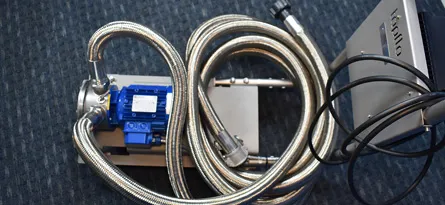SP-LR Pump
Pomac Pumps’ SP-LR Pump is a Self-Priming Liquid Ring Pump that has been designed to meet EHEDG specifications for use in food-grade and other hygienic applications.
Malfunctions
Inspection & Maintenance Schedule
Routine inspection and maintenance can avoid unnecessary and expensive downtime as well as operating costs. It is recommended to check the following on a daily basis:
- That the valve in the suction pipe is completely open
- That the inlet pressure is not too low in order to avoid the occurrence of cavitation
- The delivery pressure is in line with system requirements
- That the shaft seals are not leaking.
- Pressure and Flow of the flushing system, if present
- The temperature of the heating/cooling system, if present
For IG & IGH Variants periodically check the bearing oil levels. The oil must be changed annually or after every 5000 operating hours.

